Wyandotte's early years were much like
those of Allen Park, Lincoln Park, Southgate, Melvindale and the other nearly 20
cities in the surrounding area in that they served a distinct purpose to
fund and enrich family life. By the mid 1900s when a shift in
industrial life took a turn for the worse and many companies moved or went
out of business, the entire downriver area suffered.
Today, many downriver cities show evidence of "what once was." The
vibrant life, funding, and community spirit that once kept these cities
thriving is non-existent. But this brings us to the major point of
separation between Wyandotte and its neighboring cities. Today
Wyandotte is viewed as the "star" of the downriver area. It has
reinvented itself into a gleaming city where people desire to live.
But how did it do it? Before we get to the answer of Wyandotte's
present and future state, we must first consider and appreciate its past.
FIRST INHABITANTS
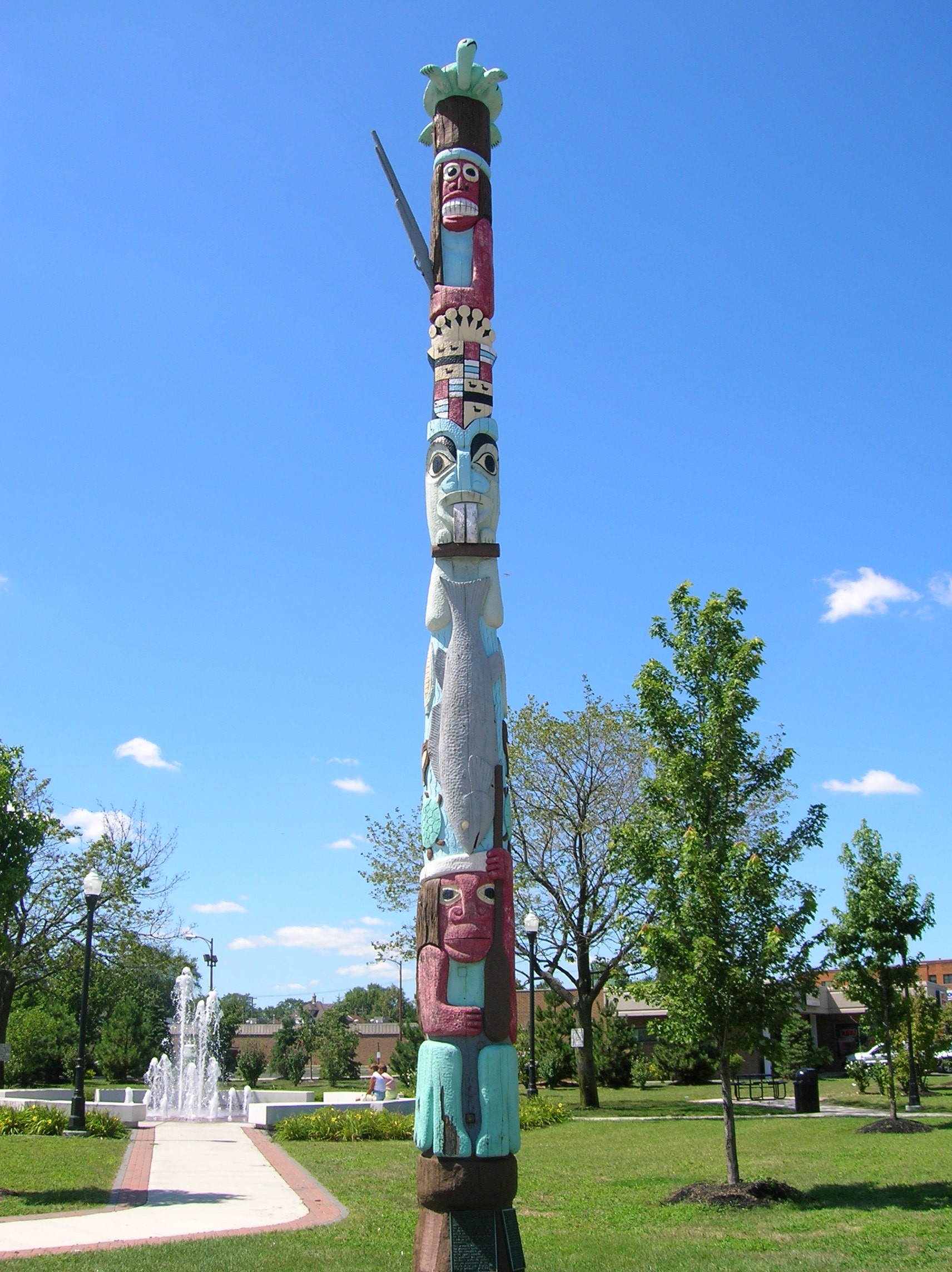
Totem Pole dedication
In the early 1700s, a remnant
tribe of Wyandot (Huron) Indians fled Canada, fearing
for their lives because of the ferocious wars waged by the Iroquois against
them and other tribes. They migrated to Michigan and eventually found a
high bank on the Detroit
River that was free of the marshes along the rest of the shoreline. Here
the refugees had a good source of drinking water, food, and fertile soil which they
tilled. In 1732, they established a village roughly bordered by Oak
Street, Biddle Avenue, and Eureka Road, which they named “Maquaqua”.
But by 1789 their peaceful and fruitful use of the land began to be
taken away by a series of treaties with the United States—ending
with the 1818 treaty granting them land on the Huron River, which ultimately
forced them to
the Flat Rock area.
After the 1818
treaty, Major John Biddle purchased 2,200 acres from the federal government
on which he
established a farm and built a mansion. Currently, the
Wyandotte Museum located at 2610 Biddle Avenue stands on almost the same
spot as the original estate, and the remaining (the mansion was subject to a
fire) Biddle residence is located at 2116 Biddle. Major Biddle’s estate was named “The
Wyandotte” in honor of its former residents.

2116 Biddle
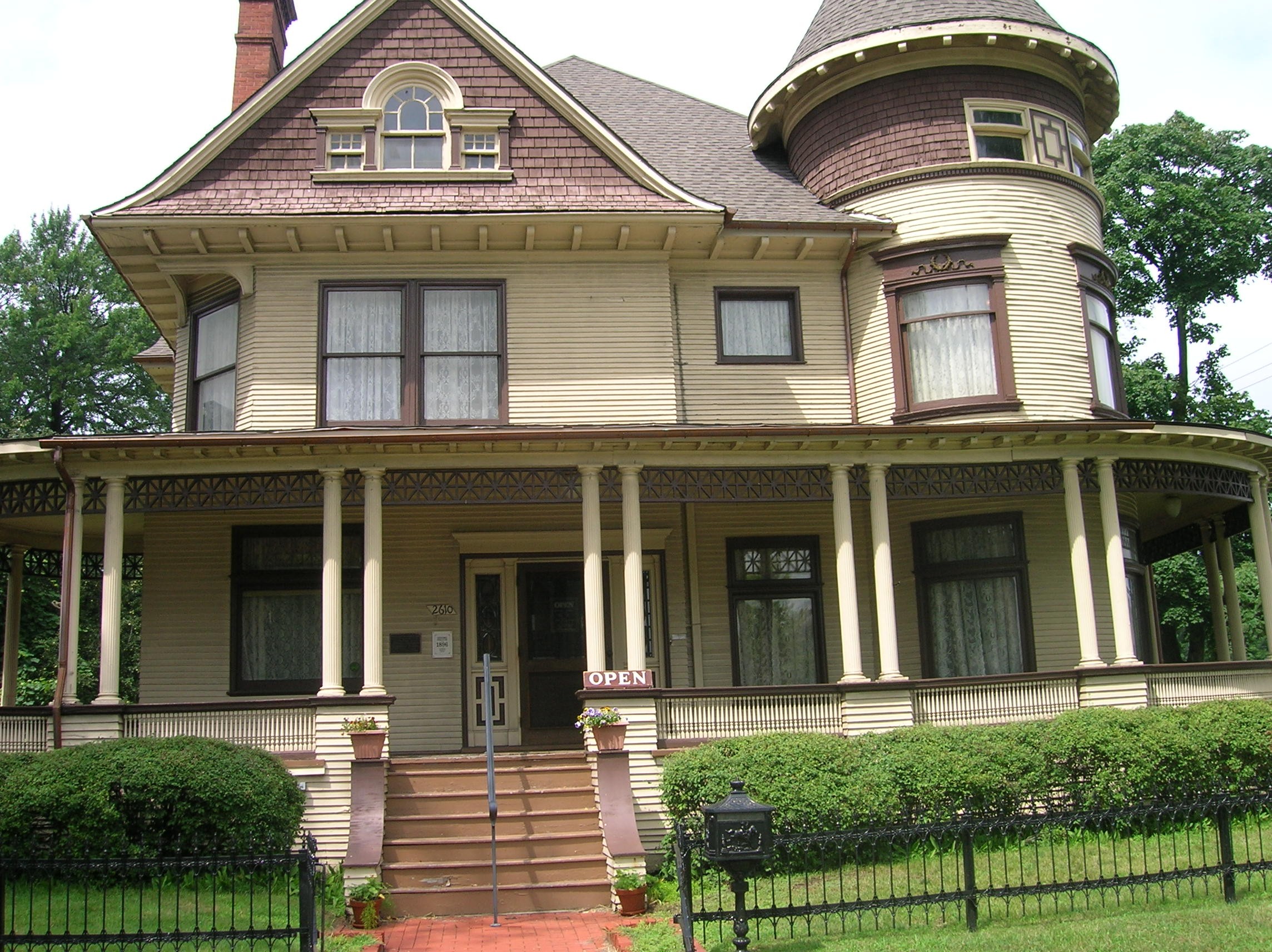
Wyandotte Museum
EARLY INDUSTRIAL CONTRIBUTIONS
Wyandotte’s
phenomenal growth was due to the large number of jobs available in its industrial plants. The earliest was the Eureka Iron
Company, organized in 1858 by a syndicate of business friends and other
investors. Their purchase of the Biddle estate provided them with two miles
of riverfront, where they could both receive the ore being shipped from the
Marquette area, and ship their product.
There were also plenty of trees for making charcoal, which produced
smokeless fire. In 1864, Wyandotte saw the first commercial manufacture of Bessemer
steel in the United States. The plant closed in 1892 after the iron market
fell and the local forests were used up.
Around
the same time, a large salt bed was
discovered under Wyandotte.
Salt was important to the making of soda ash, locally called “sody”
ash, necessary for Captain J. B. (John Battice)
Ford’s manufacture of plate glass. The Michigan Alkali was established
to make soda ash along with many other chemicals in the 1890s. Michigan Alkali was Wyandotte’s
largest employer and the world’s largest producer of dry ice. Michigan
Alkali dominated Wyandotte’s
shoreline northward from Ford Road and southward in approximately the area
covered by Wyandotte’s golf course. In the 1940s Michigan Alkali's
name was changed to Wyandotte Chemicals Company, and today it is known as
BASF.

BASF
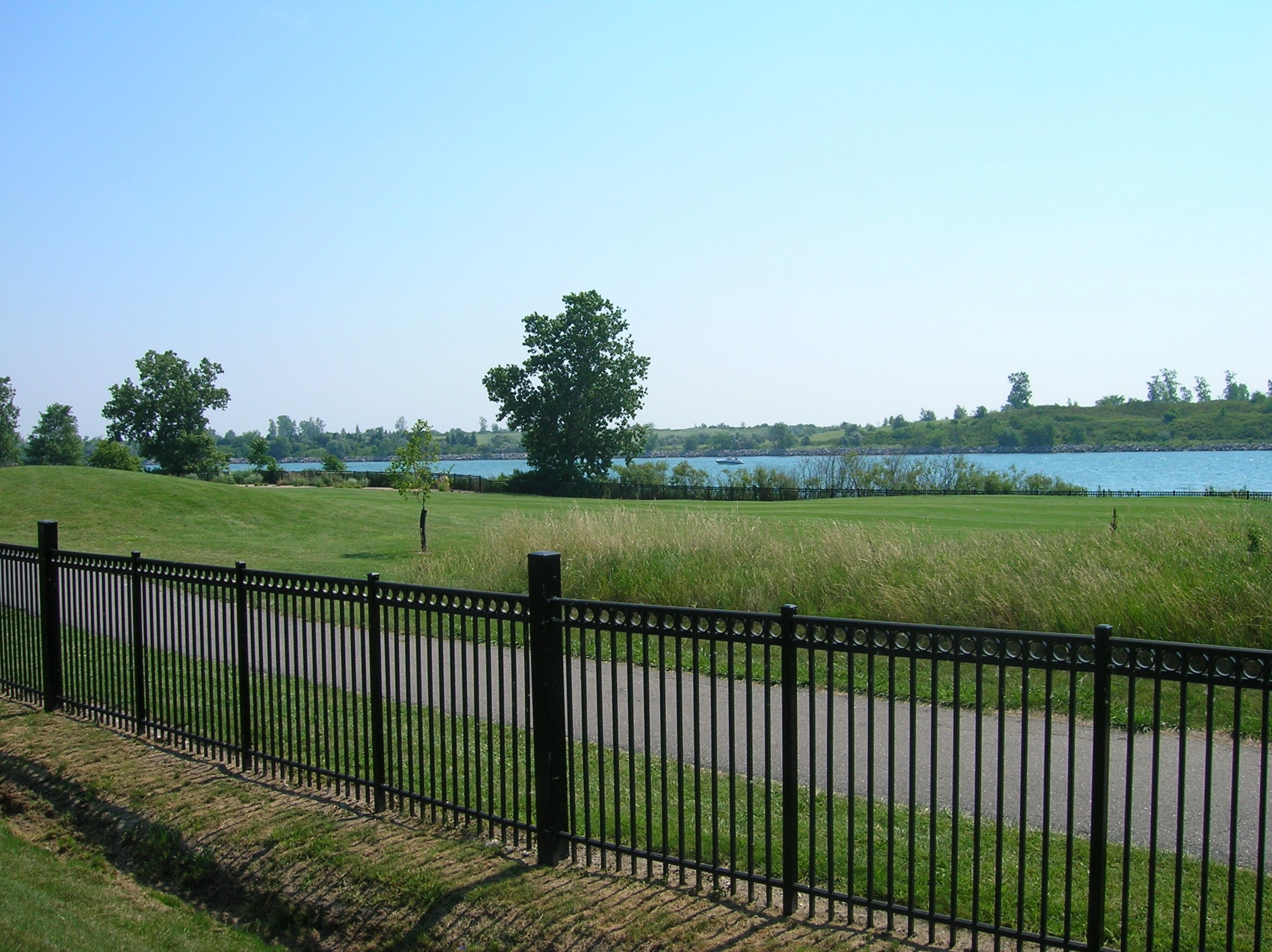
Golf Course
Other early industries were
the American Shipbuilding Company (1871-1920), the E. H. Doyle Hoop & Stave
Works in 1889 (who provided the city’s first electric power), the McCord
Corporation, the Beals & Selkirk Trunk
Company, and The Pennsylvania Salt Manufacturing Company.
EARLY IMMIGRANT SETTLERS
Many of the
immigrants who came to Wyandotte to work were of Irish, German, and Polish
decent. Due to this diversity, sub-communities were formed as well as
churches to express their faith. In 1857 the Irish immigrants had
formed St. Charles church (Today known as St. Patrick).
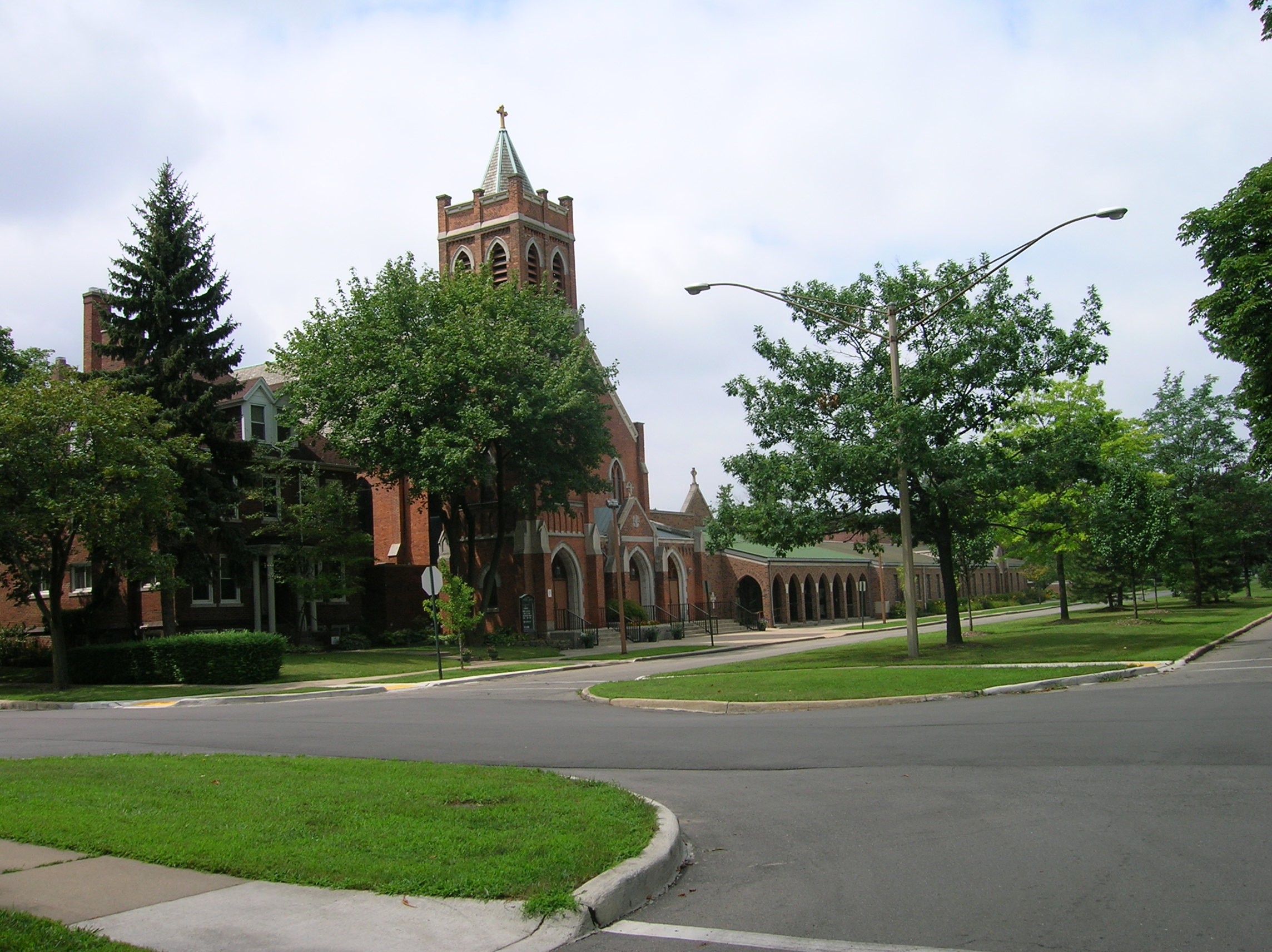
St. Patrick's Church
As with the Irish, Wyandotte’s German Lutherans were
determined to establish a church, desiring worship in their native tongue.
Trinity Lutheran was formally organized in 1861.

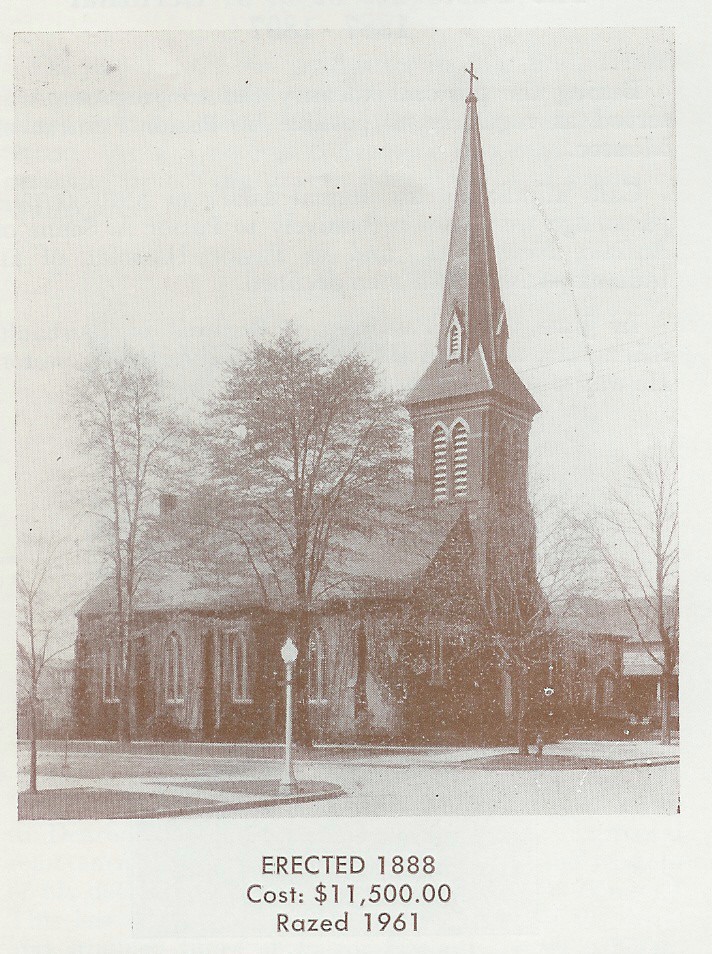
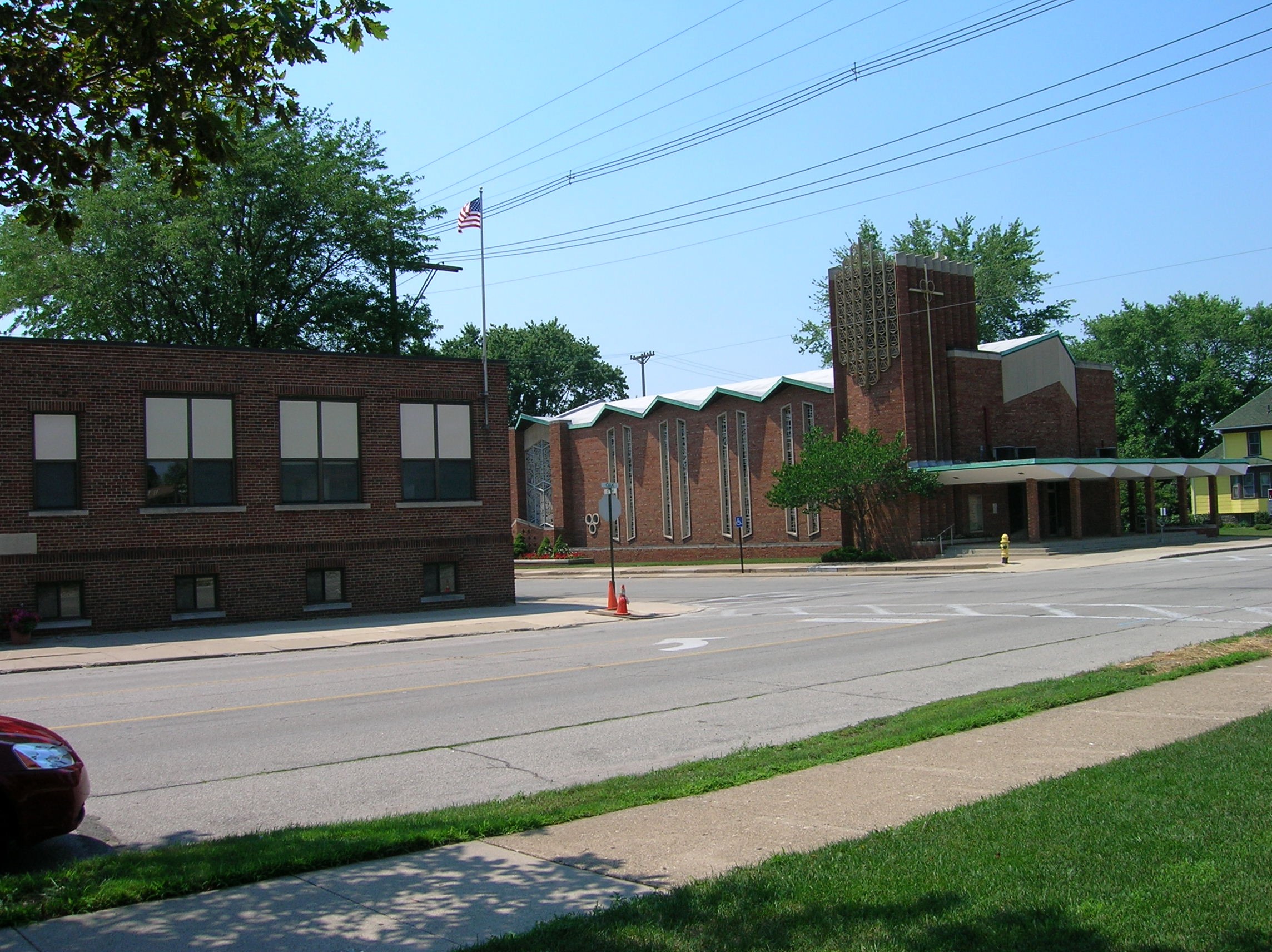
Current
Church-School
The Polish
founded
Our Lady of Mount Carmel in 1899, and in 1915 the new (and current) Mount Carmel church with matching bell towers was
built—making it the most impressive structure in Wyandotte.
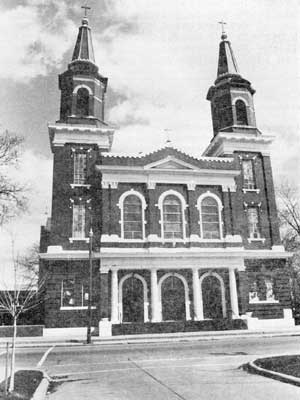
Our Lady of Mt. Carmel Church
The great number of
hard-working, church-going, and education-minded Irish, German and Polish
immigrants had a great impact on
Wyandotte’s future development. They founded various civic and
fraternal organizations, thus promoting social life in the city. A
group known as The German
Arbeiter (Worker) Society extended membership to all.
For many years the Arbeiter Hall
(built 1891) served as Wyandotte’s civic center for club meetings, weddings,
dances, and athletic events. The Society brought world-famous lecturers,
theater productions, concert artists, musical groups, and sporting contests
into the city. They also hosted colorful parades which would include
some 500 horseback farmers, bands, and decorated wagons featuring
the wares of local merchants.
EDUCATION
Education was important to
Wyandotte’s citizenry as
evident with a public school system dating back to 1855. By 1923, a complete
K-12 education was available to all with
vocational training to college preparatory courses. The new Theodore
Roosevelt High School was one of the most impressive in Michigan. It
was built to accommodate 1,400 students (even though there were only about
500 high school students in the city).

Roosevelt High School
DOWNTOWN: ITS PAST SOCIAL SCENE
In the early 1900s
Wyandotte (not unlike many other downriver areas) offered a variety of
things to do. Forms of entertainment included three theaters, a
collection of department stores, men’s and women’s clothing stores, shoe
stores, “dime stores,” jewelry stores, photographic studios, restaurants,
and a bowling alley—all on or just off Biddle Avenue.

Wyandotte Theatre (present day)
Not all things were centered
downtown though. Oak Street as far as 14th
and
10th Street north of Oak were a sort of “mini-downtown.” There
were three dry-goods stores, a hardware store, several retail and repair
shoe stores, a dry cleaner, a bakery, food and meat markets, sweet shops, a
gas station, and a bowling alley. There was a sprinkling of
neighborhood bars along or right off Oak Street. In fact,
food-and-meat markets and neighborhood bars were scattered throughout
residential areas in Wyandotte’s eastern half.
There were several “creameries,”
or dairy outlets in
Wyandotte. In fact, the
Mehlhose building is still standing on Fourth
Street between Oak and Elm.
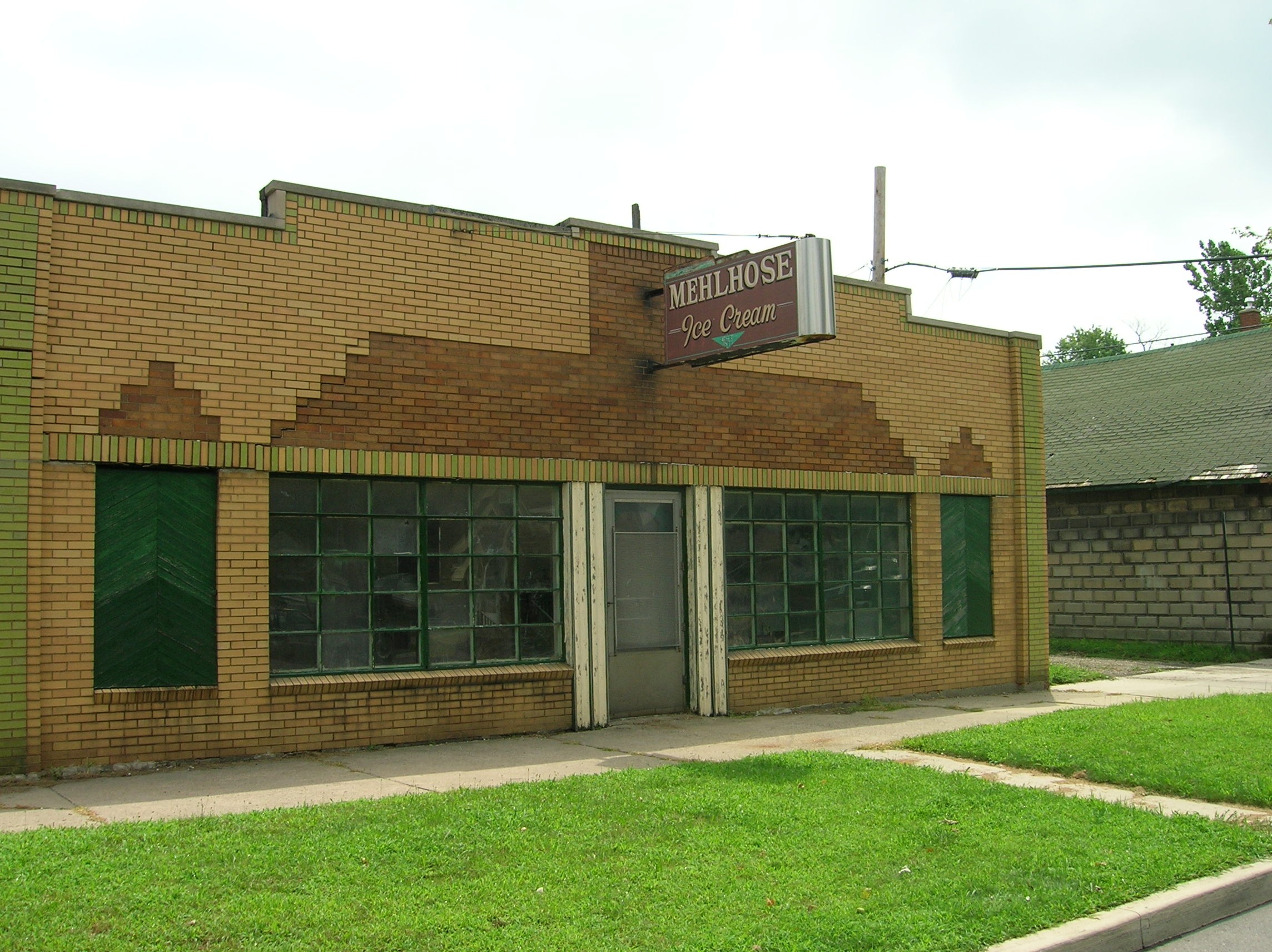
Mehlhouse Ice Cream store
DOWNTOWN: THE PAST LEADING
TO THE PRESENT AND FUTURE
Sometime after 1950, most of the heavy industries closed or downsized, and
Wyandotte, along with many downriver cities became a ghost of their former selves, due to a dwindling merchant and
residential population.
Following this decline, several downriver cities tried to
develop and implement plans for revitalization—and
for Wyandotte the efforts proved uniquely successful as the city began a slow
and determined resurgence. Most of the old industrial chemical plant
buildings were torn down and the downtown area was revitalized following a
step-by-step plan. The city began buying up old decrepit homes and razing
them. 30-foot and other small-sized lots were combined into single,
larger ones. Builders were encouraged to erect large expensive homes in
former blighted areas tempted with a very attractive purchase price.
So the question posed again: "How did it
do it?" and "why did a plan for Wyandotte revitalization prove successful where other
downriver communities have failed?" The answer is quite simple...The River.
The placement of Wyandotte along the Detroit river gave it an edge that no
other city downriver could benefit from. As society desires changed
and an emphasis was placed on leisure, the city of Wyandotte was able to
market the river as a focal point from which to draw people in...and this
alone, at least from the perspective of this researcher, is why the
revitalization of Wyandotte was and is possible.
One example are the relatively recent condominium developments.
Wyandotte developers built condos overlooking the Detroit river (as seen
below) and they sold at a very successful rate. The same attempt in
Lincoln Park left the developer with a largely unsold property. Why
would this be? Well, the answer is obvious....ask yourself: "Would I
like a condo overlooking the Detroit river, or one overlooking Southfield
road?"
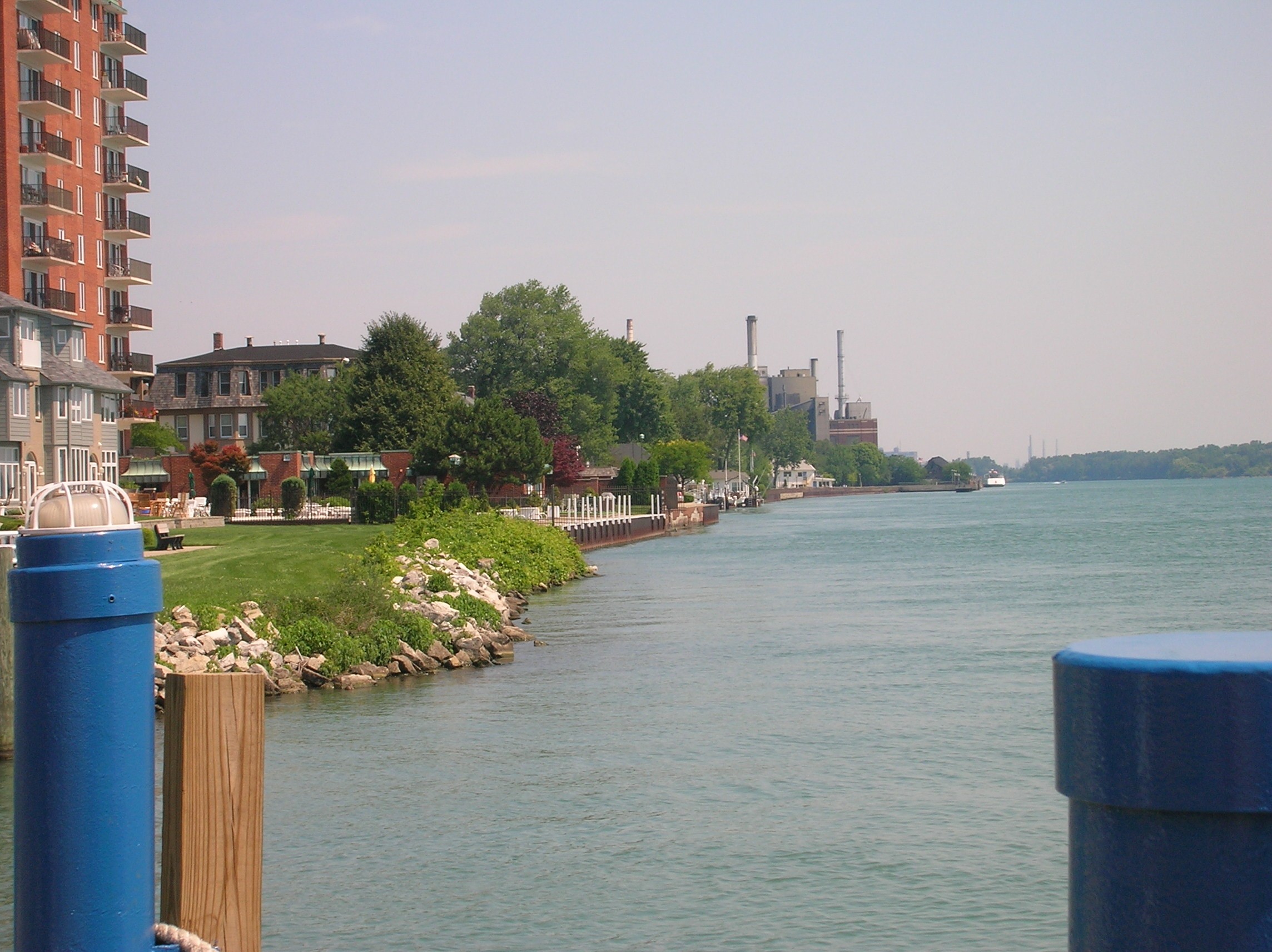
View of Condominiums overlooking the Detroit river
Another example are the restaurant
businesses—several of which are conveniently located at the waters edge
(including Portofino restaurant; the patio of which was the location the
photo above was taken from). Restaurants along the water are able to
utilized the view, thereby enhancing the ambiance. Not to mention the
convenient location for residents of the ever-growing condominiums and
housing developments—a cyclical and mutually
beneficial trend.
Early in this work you read the shared
statistics of Wyandotte and its neighboring communities. Now let's
consider its unique stats:
